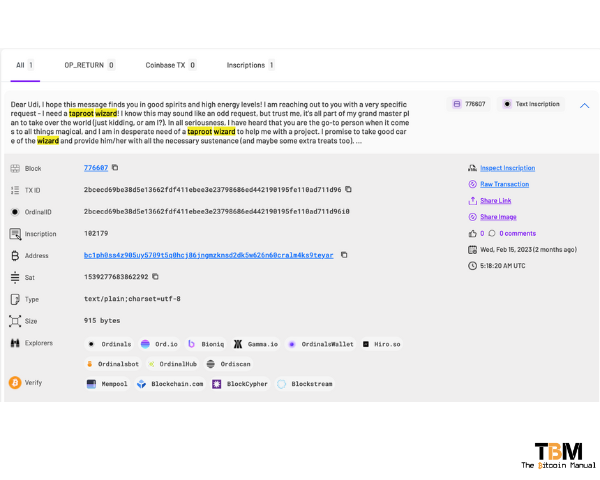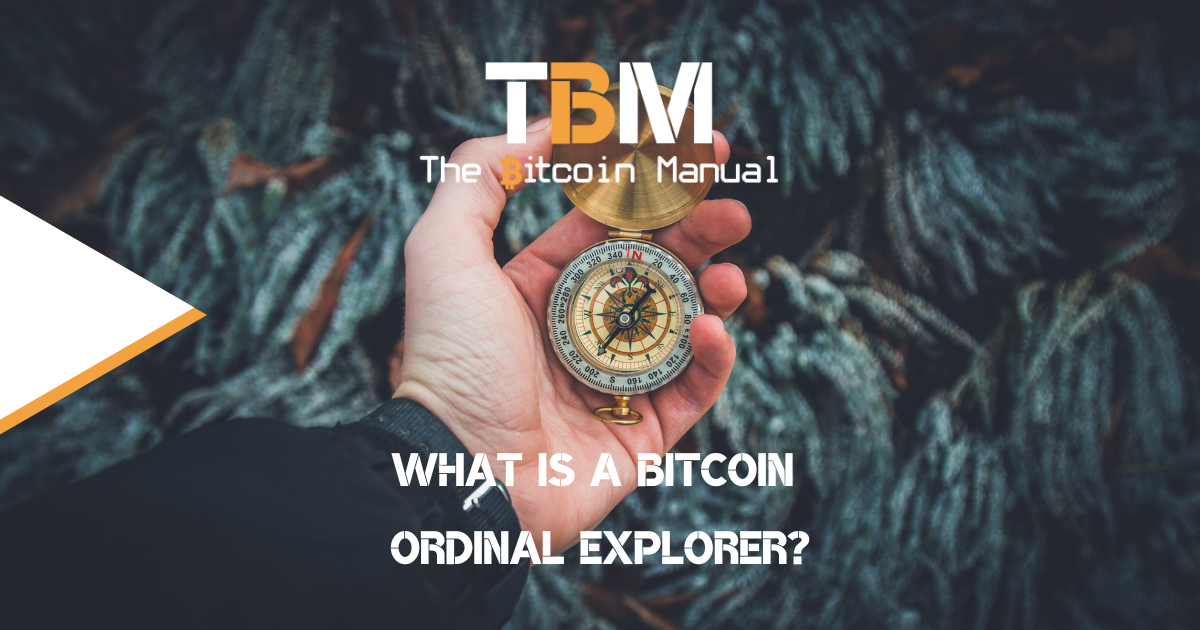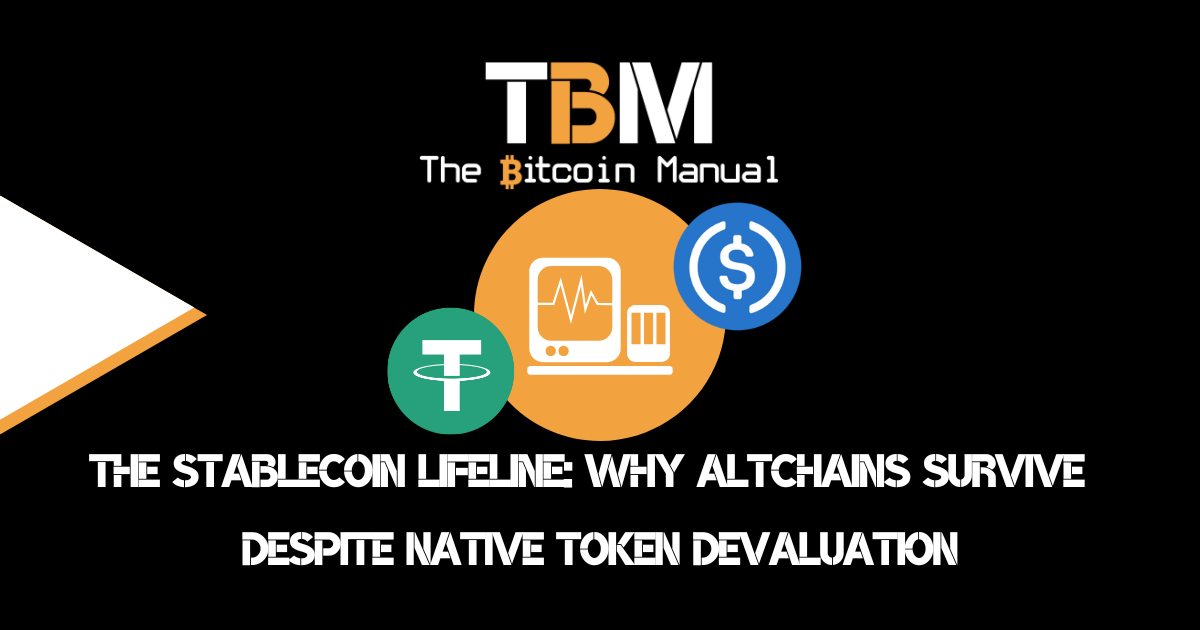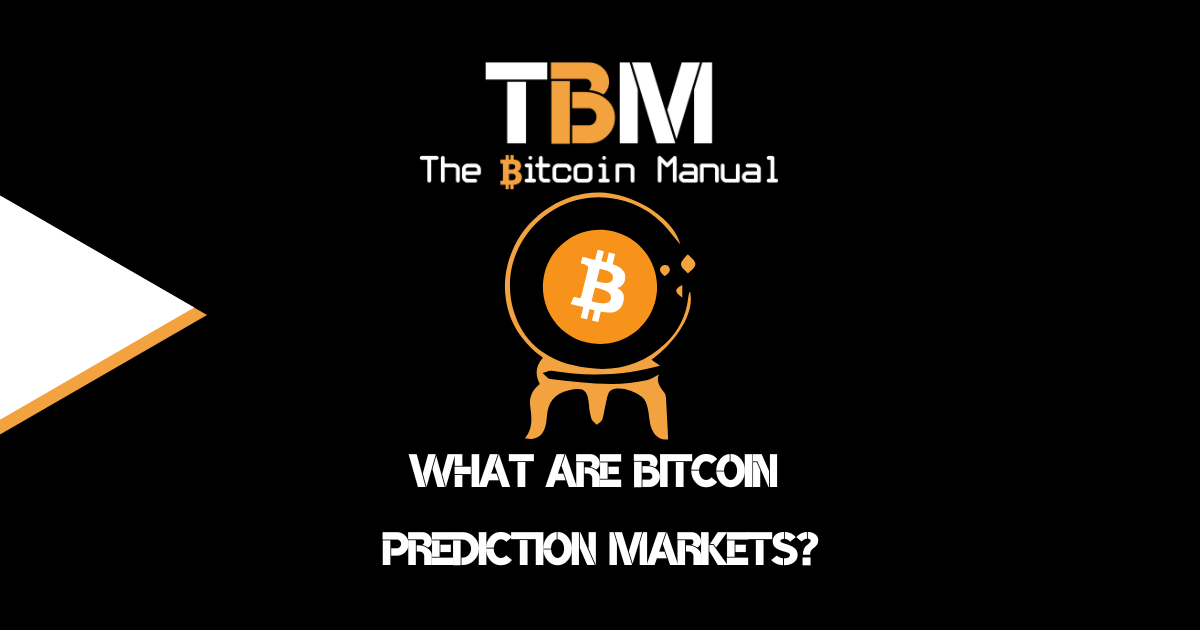Bitcoin runs on a distributed ledger that any one of us can download and run ourselves through a Bitcoin full node, which can be done on an old laptop, or you could have a dedicated device such as a Raspberry PI. One of the benefits of running a node with a direct copy of the chain is that you trust no one; you are using the software locally and verifying the blockchain data.
You can view historical data from the first block until today and see every transaction in Bitcoins history. The ability to view everything that has happened on-chain is great for decentralisation since all of us have eyes on the chain, making sure that no funny business is happening on the network.
It’s also valuable for researchers and investors who want to track certain network metrics, and it makes sense for these people to run nodes. While running a node is important for decentralisation and privacy for the individual, it’s not required to use Bitcoin. When using a Bitcoin wallet, you’re actually using someone else’s node to broadcast a transaction.
The average user is simply not going to be interested in setting up the infrastructure needed to run a node, especially those who aren’t deep enough down the rabbit hole. If you’re a casual user but you’re interested in some data sets on the Bitcoin blockchain, you can leverage third-party tools, like Block Explorers, that pull data from their node and provide it as a service to users.
Many wallet providers, websites and even exchanges will link to block explorers, making it easier for users to view the Bitcoin blockchain data they are interested in, which is primarily their own transactions.
What is a block explorer?
A block explorer is a web-based tool that allows users to view and explore the contents of a blockchain. It provides users a comprehensive view of the blockchain, including information on transactions, addresses, blocks, and network activity.
Block explorers are typically open-source software tools anyone can use to view information about a particular blockchain. These block explorers extract data directly from the Bitcoin blockchain as an example and categorise and display it in a manner that is more palatable for users.
Think of a block explorer as a search engine for Bitcoin-only data; it scrapes the data of the chain and can provide you with instant results that only you are interested in looking at.
Why do you need a block explorer?
A block explorer is a valuable tool for anyone who uses a blockchain-based cryptocurrency. Here are some of the reasons why you might need a block explorer:
- Check Transaction Status – Block explorers allow you to view the status of your transactions, including confirmations and fees.
- Track addresses – You can track the balance and transaction history of any address on the blockchain.
- Verify Network Activity – Block explorers provide a real-time view of the network’s activity, including hash rate, difficulty, and number of nodes.
- Explore the blockchain – You can explore the entire blockchain, including individual blocks, transactions, and other network data.
How do block explorers work?
Block explorers work by using public information available on the blockchain to display information in a user-friendly format. Here are the basic steps involved in the process:
- Parsing the blockchain – Block explorers parse the blockchain data, which is publicly available and stored in the blockchain network.
- Organising data – Block explorers organise the data into a user-friendly format, allowing users to view individual transactions, blocks, and addresses.
- Visualising data – Block explorers present the data visually, allowing users to see and understand the complex network of transactions and addresses.
How to use a block explorer?
When you visit a block explorer site, you will likely see a main search bar that enables you to prompt it for information — typically wallet addresses, transaction hashes, and block numbers, though this varies by explorer.
Certain block explorers have even created certain categories for you to explore, such as ordinal and inscription data. These explorers will allow you to look up transactions based on text in an Inscription or using an ordinal serial number as an example.
What data can I see in an ordinal explorer?
- Block.
- TXID.
- OrdinalID/Satoshi file is attached to
- Inscription number.
- Bitcoin Address.
- File Type.
- Block Size.
- Block Height.
- Fee.
- Timestamp.
- Preview of the Inscribed file where applicable.

Where can I find an ordinal block explorer?
If you are interested in ordinals and inscription data, you can use third-party tools like the ones in the list below that have begun to scrape, organise and provide a helpful index of this subset of Bitcoin on-china data. These ordinal explorers also display this data in a human-readable format and often provide a preview of the files inscribed on the chain, such as text files, images, video or custom JSON scripts being used to create a faux token standard on Bitcoin, namely BRC-20 and BRC-721 tokens.
| Name | Website |
|---|---|
| Bioniq | https://bioniq.io/inscriptions |
| Gamma | https://gamma.io/ordinals/categories |
| Hiro Ordinals | https://ordinals.hiro.so/explore |
| Ordinal Hub | https://ordinalhub.com/explorer |
| Ord | https://www.ord.io/ |
| Ordinals | https://ordinals.com/ |
| Ordinals Bot | https://ordinalsbot.com/explorer |
| Ordi Scan | https://ordiscan.com/inscriptions |
| Preturnio | https://preturnio.com/ |
Why do Ordinals and Inscriptions have their own block explorers?
Ordinals and inscriptions are optional data; they are not critical to how the Bitcoin blockchain works, meaning those who are not interested in this data can safely ignore it as certain explorers have done. While the data remains on-chain, the standard explorers aren’t looking to categorise or display this data in a meaningful way.
As for Ordinal and Inscription blockchains, they extract the data from the Bitcoin blockchain, overlaying that with the Ordinals protocol to identify data pertaining to Oridnals and inscriptions, like their unique ID and associated file data and then relaying it into their explorer for users to access.
They have their own block explorers for several reasons, including:
- Unique properties – Ordinals and inscriptions data sets that have their own set of properties and data that need to be tracked and displayed.
- Specialised information – The data associated with ordinals and inscriptions are different from other blockchain data. Block explorers designed for these NFTs can display unique information in a more meaningful way.
- NFT marketplaces – Ordinals and inscriptions are typically bought and sold on NFT marketplaces. Block explorers specific to these transactions can provide insights into marketplace activity, bids, and offers.
- Ordinal and Inscription wallets – Like standard Bitcoin wallets that provide you with access to block explorer to review your transaction data, Ordinal and Inscriptionw wallets have sprung up to allow users to manage their “assets” and view the data on-chain with the help of these custom explorer.
Considerations when using ordinal explorers.
While these tools are helpful for those interested in this type of data, there are some things you need to consider before you start using ordinals or a public block exploit that serves this type of data.
- Harder to retain privacy: Since ordinals and inscriptions add unique data and serial numbers, and the incentive is to keep hold of them, you can easily dox your on-chain wallet, and there’s no way to attain forward privacy as you would with a Bitcoin UTXO.
- Relaying third parties for your data: Since you’re not communicating directly with the chain as you would with a node, you are relying on the block explorer to provide you with legitimate data.
- Websites are not immutable: While the blockchain data is immutable, and the block explorer service might be working in good faith, it doesn’t mean a website can’t be hacked or mimicked, and you’re redirected to the wrong one, and it’s serving incorrect data or getting you to give up key information.
- Creating additional data footprint: Most users heading off to a block explorer are going to check out their own transactions, effectively handing over their IP and their Bitcoin public address or transaction ID to a third party.
Do your own research.
If you want to learn more about ordinals on Bitcoin, use this article as a jumping-off point and don’t trust what we say as the final say. Take the time to research other sources, and you can start by checking out the resources below.
Which side of the ordinals debate are you on?
Do you like the idea of bringing NFTs to the Bitcoin base chain, or is it a distraction? Does it bring additional utility or a new set of narrative attack vectors for Bitcoin? How do you think the incentive structure around transactions will change with this new form of transaction competing for on-chain block space?
Let us know in the comments below.




